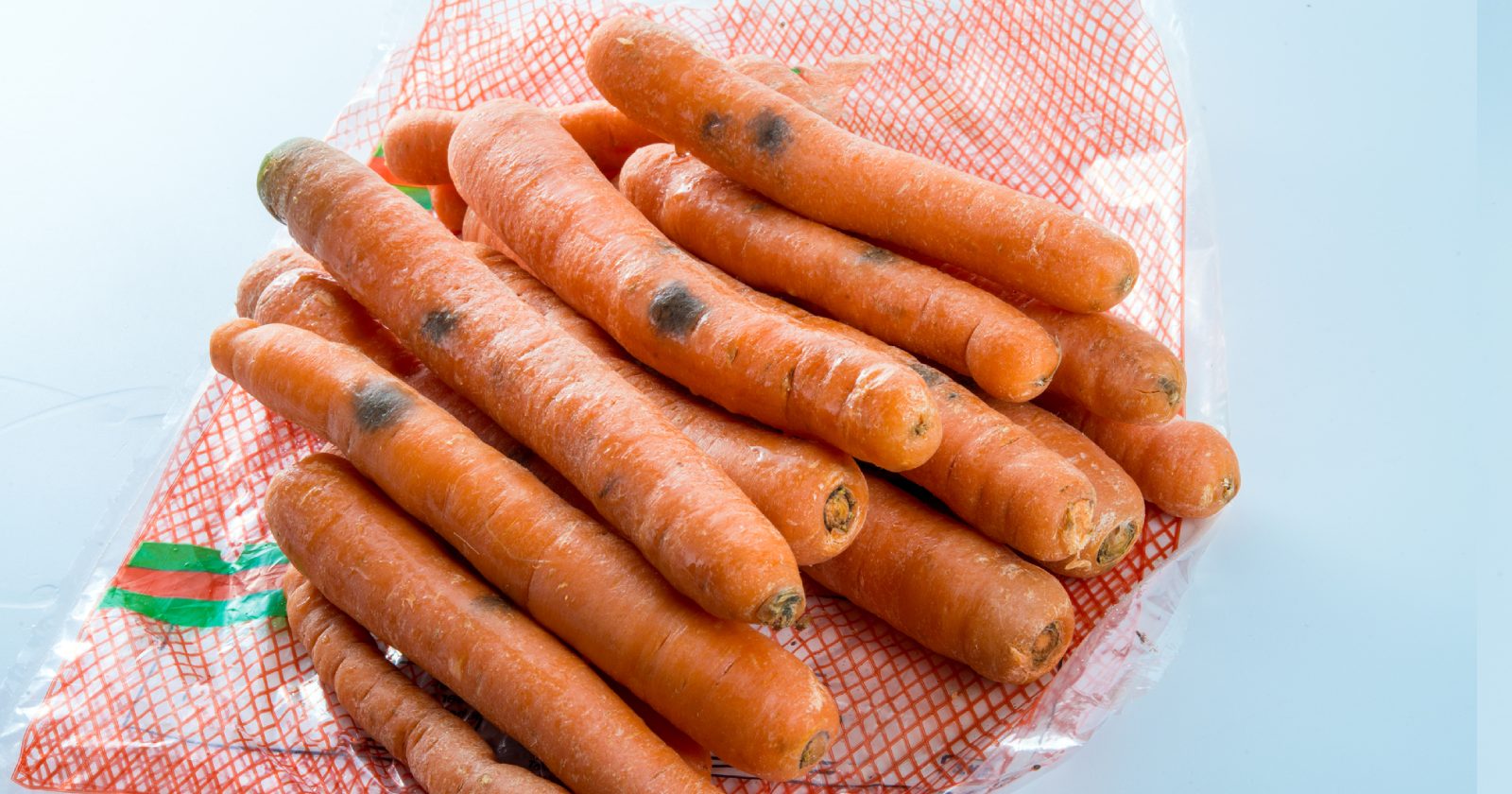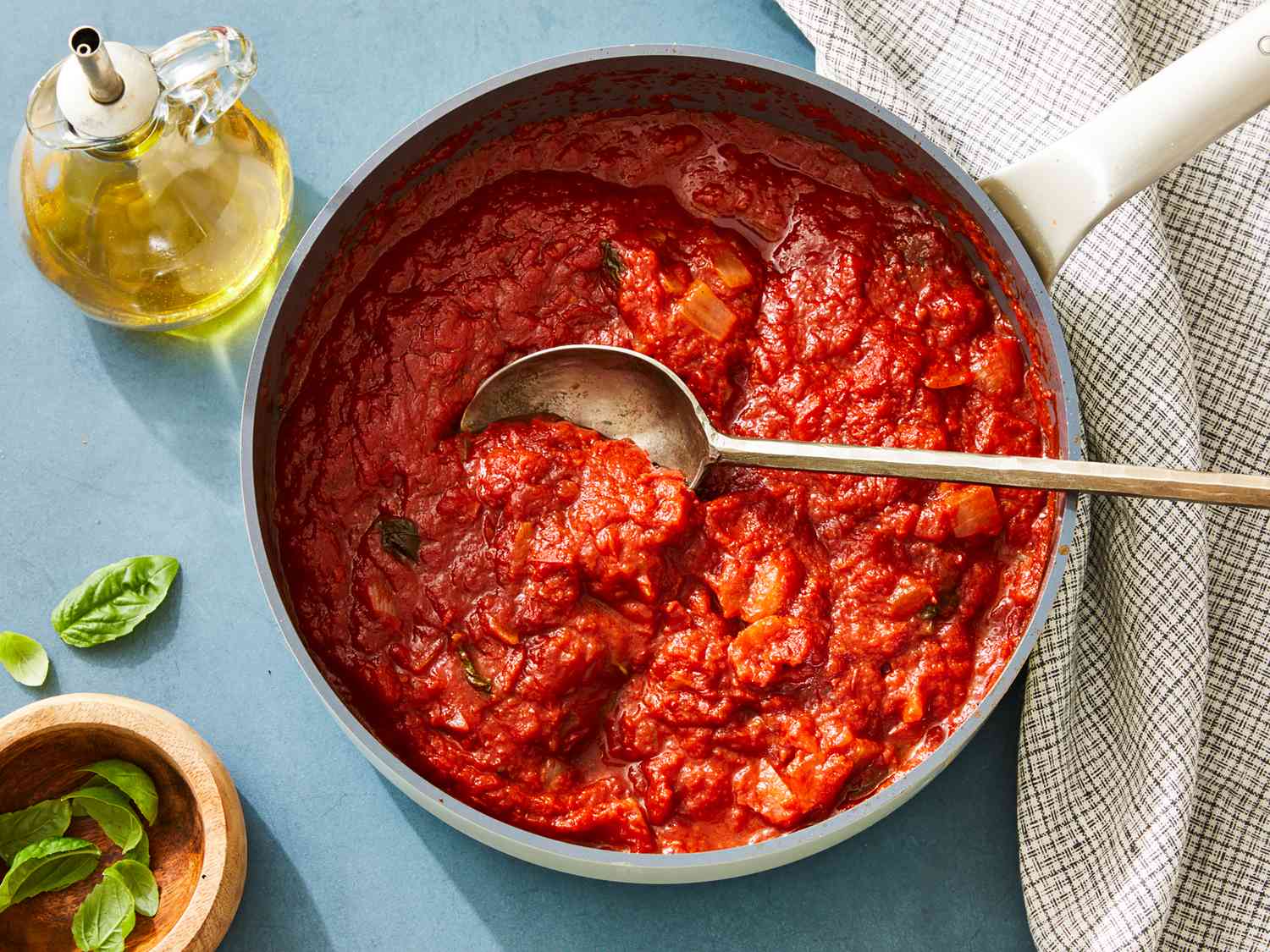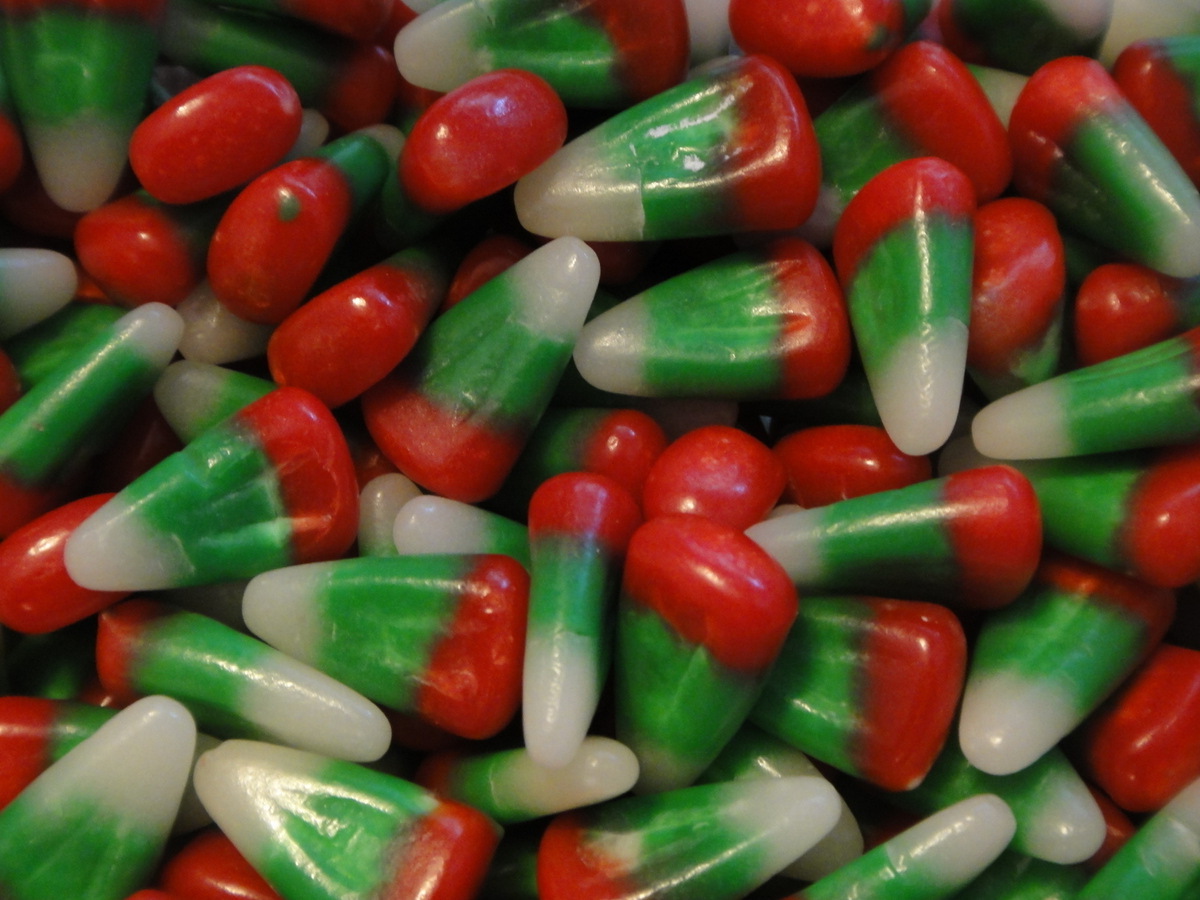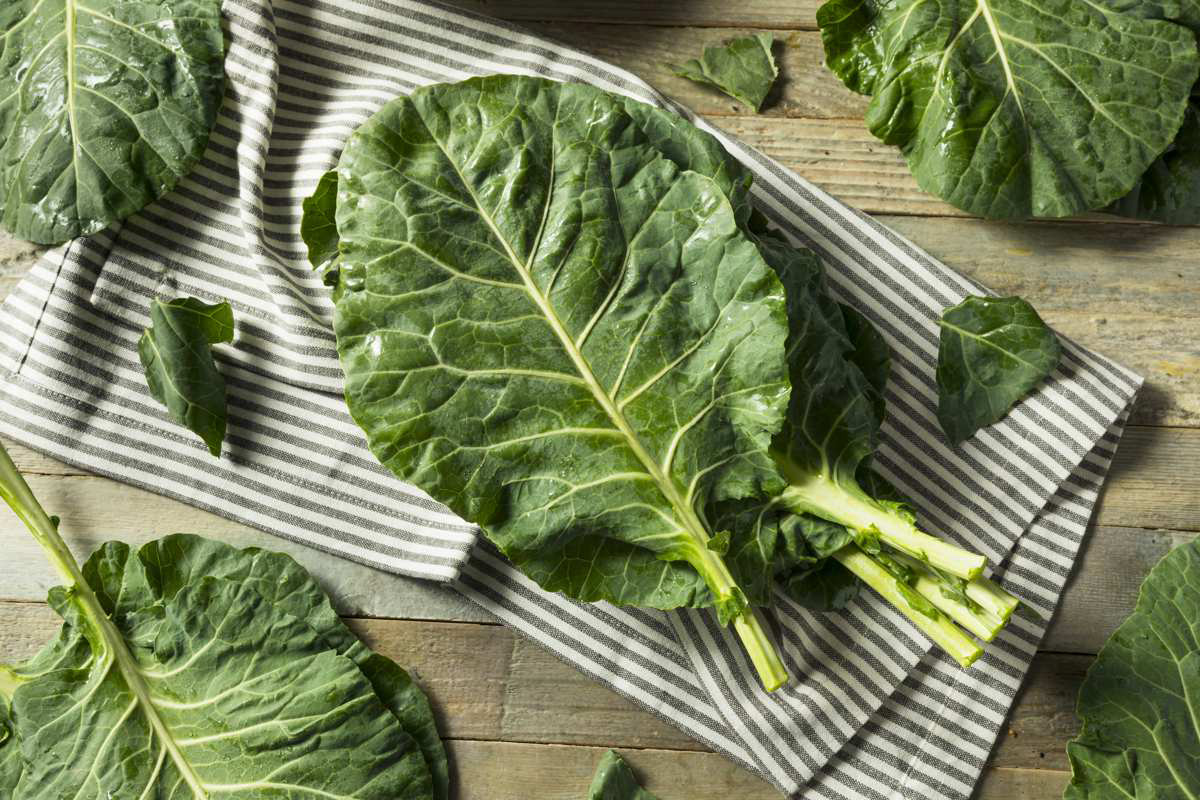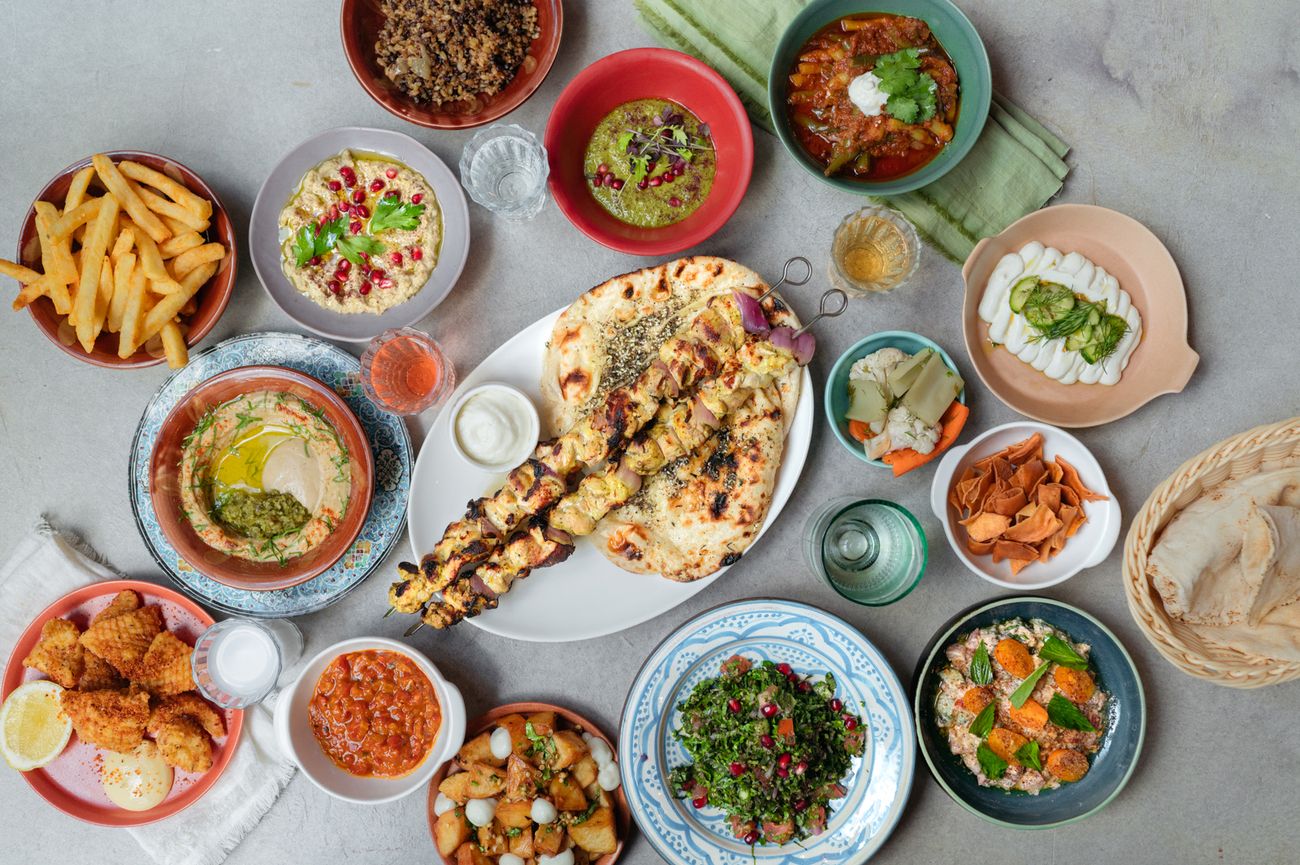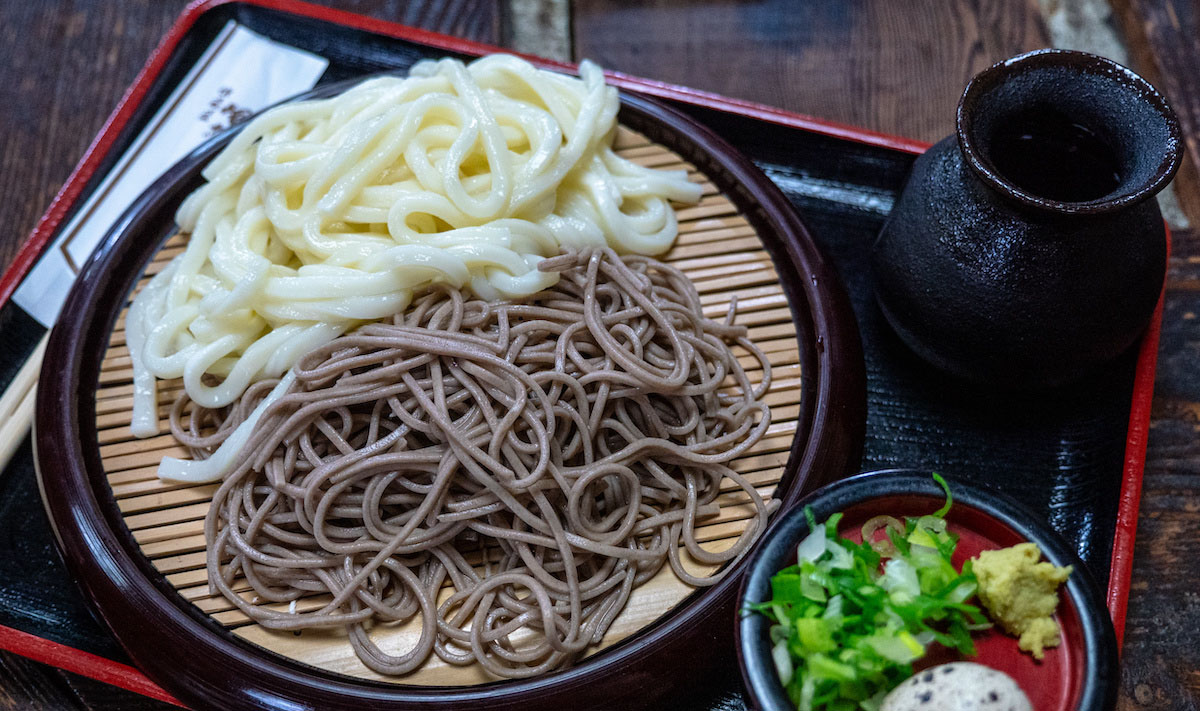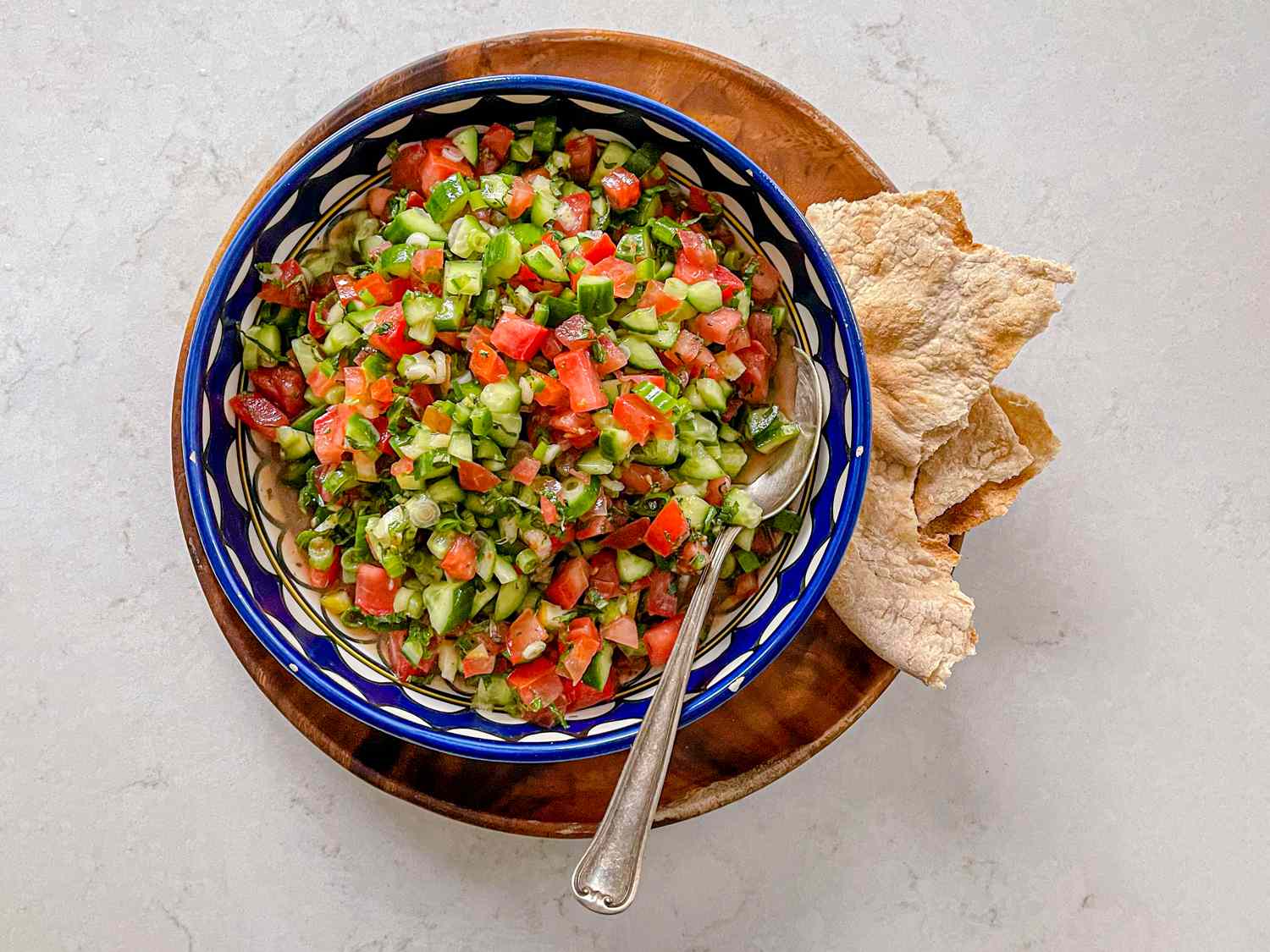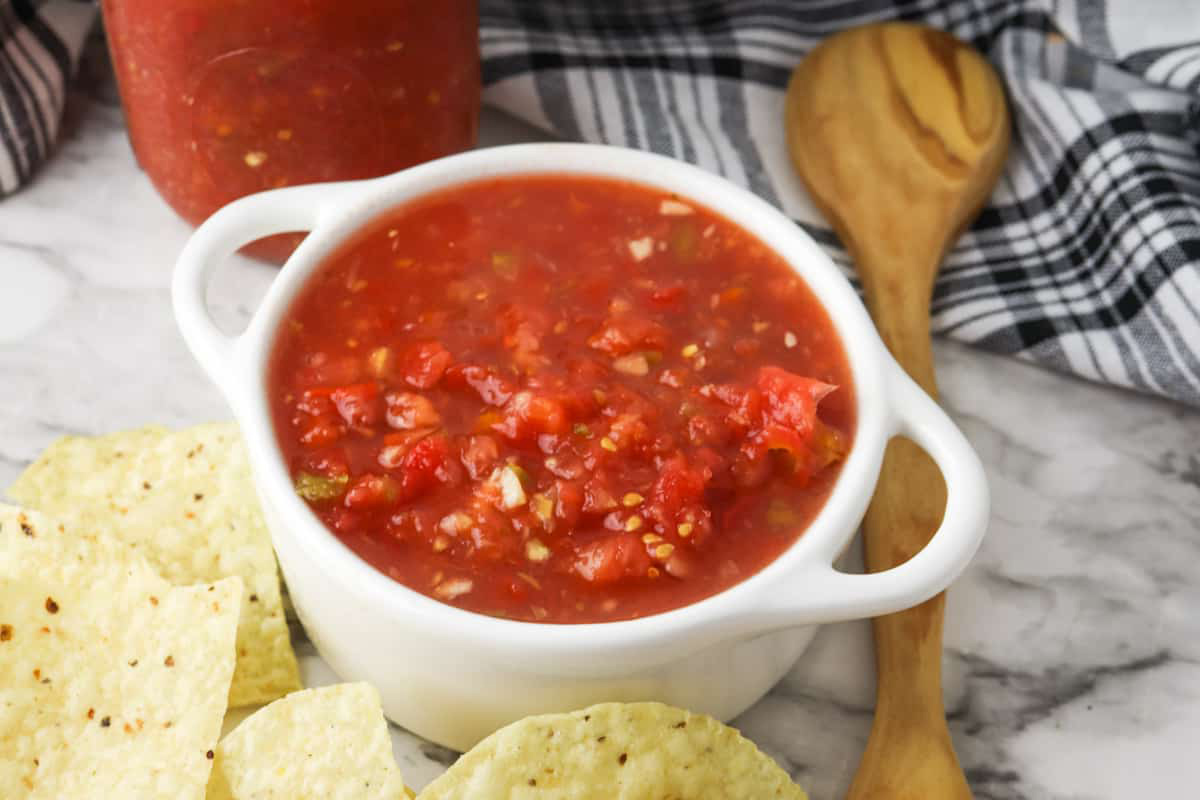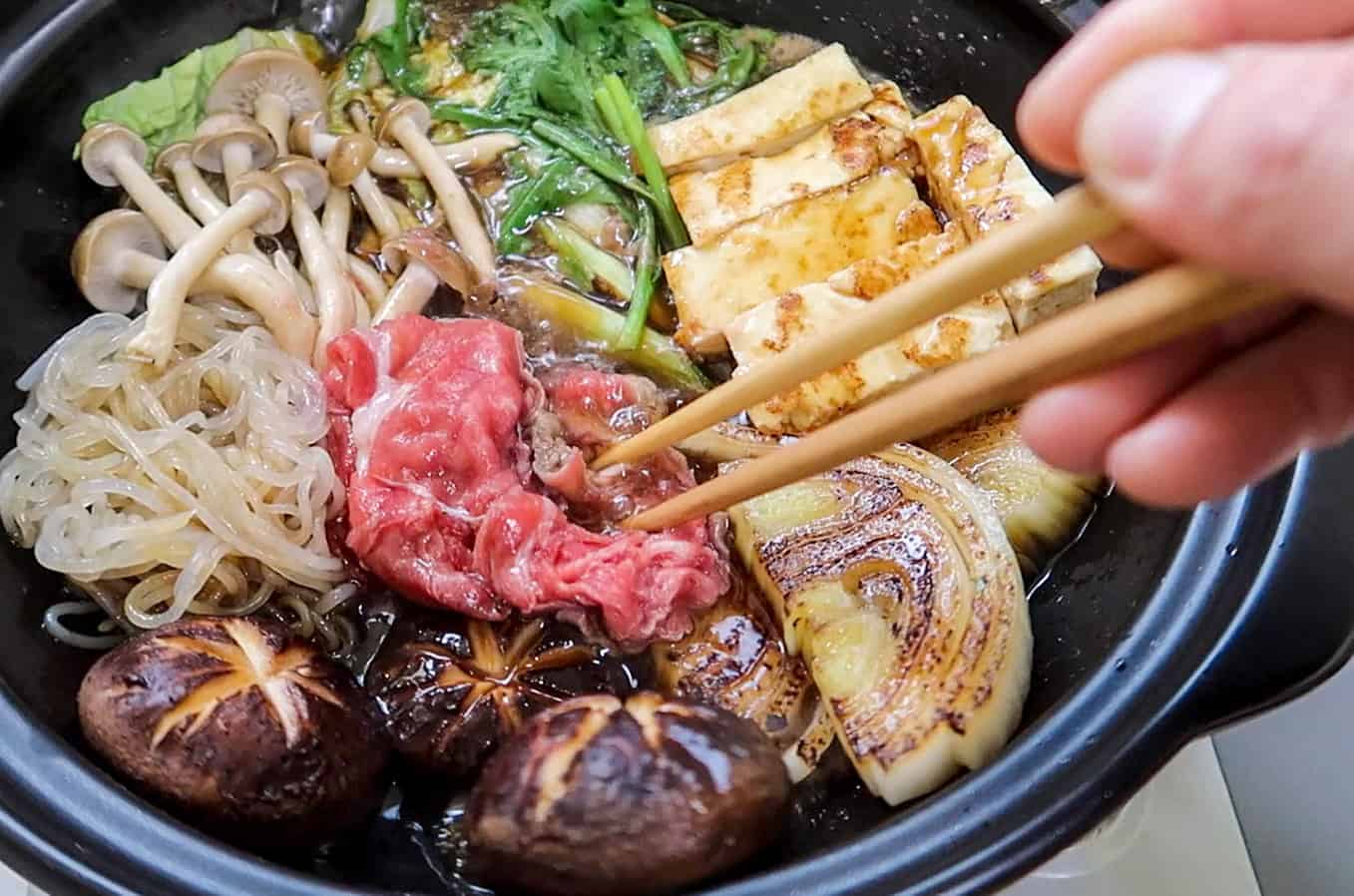The Difference Between Jelly Roll Pan and Cookie Sheet
When it comes to baking, having the right tools can make a world of difference in the outcome of your delicious creations. Two common items found in a baker’s arsenal are the jelly roll pan and the cookie sheet. While they may seem similar at first glance, there are some key differences between the two that can affect the outcome of your baked goods.
Jelly Roll Pan
A jelly roll pan is a shallow baking pan with raised sides, typically around 1 inch deep. It is designed for making sheet cakes, bar cookies, and of course, jelly rolls. The raised edges prevent batter or dough from spilling over the sides, making it ideal for recipes that require a contained baking space. Jelly roll pans are often made of heavy-duty aluminum or steel, which allows for even heat distribution and consistent baking results.
Cookie Sheet
On the other hand, a cookie sheet is a flat, rimless baking sheet. It is perfect for baking cookies, as the lack of edges allows for air to circulate around the cookies, resulting in evenly baked treats with crispy edges. Cookie sheets are typically made of aluminum or stainless steel and come in a variety of sizes to accommodate different batch sizes.
Key Differences
Now that we understand the basic definitions of each, let’s delve into the key differences between a jelly roll pan and a cookie sheet:
- Depth: The most noticeable difference is the depth of the pans. Jelly roll pans have raised edges, while cookie sheets are flat and rimless.
- Intended Use: Jelly roll pans are designed for baking sheet cakes, bar cookies, and jelly rolls, while cookie sheets are specifically for baking cookies.
- Batter Containment: The raised edges of a jelly roll pan prevent batter from spilling over, while cookie sheets allow for easy removal of baked goods.
- Air Circulation: Cookie sheets allow for better air circulation around the baked goods, resulting in evenly baked cookies with crispy edges.
Adaptability
While jelly roll pans and cookie sheets are designed for specific purposes, they can also be adapted for other uses. For example, a jelly roll pan can be used as a roasting pan for vegetables or meats, while a cookie sheet can double as a surface for kneading dough or rolling out pie crusts. However, it’s important to note that the lack of raised edges on a cookie sheet may result in spills when using it for recipes that require contained batter or dough.
Conclusion
In conclusion, while both jelly roll pans and cookie sheets are essential tools for any baker, it’s important to understand their differences and intended uses. Whether you’re baking a sheet cake or a batch of chocolate chip cookies, choosing the right pan can make all the difference in the outcome of your baked goods. By understanding the unique characteristics of each pan, you can ensure that your creations turn out perfectly every time.
So, the next time you’re in the kitchen, consider the specific needs of your recipe and reach for the appropriate pan – whether it’s a jelly roll pan for contained bakes or a cookie sheet for perfectly crispy cookies.
Was this page helpful?
Read Next: What Is Honey Mustard


